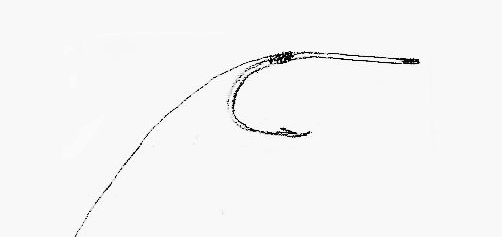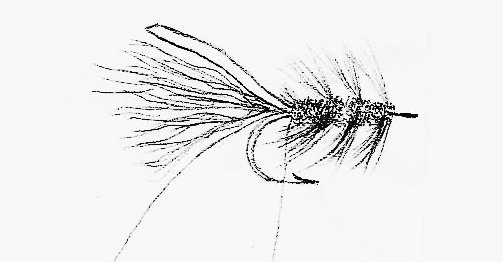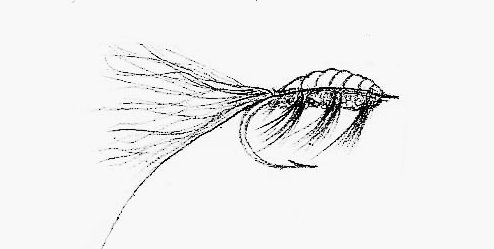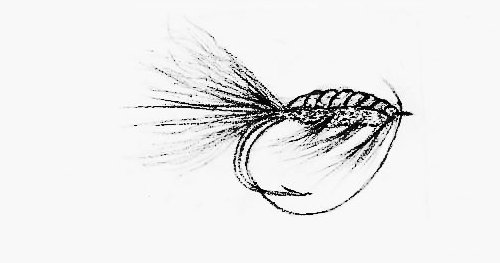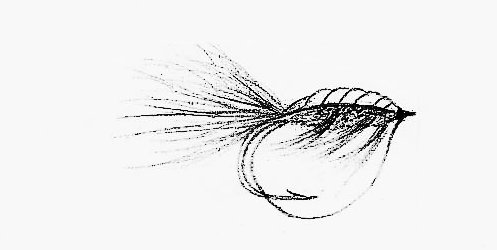Have you ever been in that moment when
you are on the verge of a major accident or
when you slip and are starting to drop
something really expensive? Things seem to slow down
to almost super slow motion in that
moment. That moment before you dump a boat in a
whitewater rapid feels exactly like
that.
This happened to me the first time I
dumped a boat on a five day float trip through the lower
Deschutes River Canyon. On that trip I
learned the real power of a river and what it feels like
when the rapid and current completely
take control.
 |
| Floating the Deschutes River Canyon |
As fly fisherman we all spend lots of
time around streams and rivers. Some of us use floating
devices to get to fish and some of us
might even run class IV+ whitewater to get to fishing
water. I find myself falling into the
latter category frequently on my camping and fishing trips.
Even if you don't run class IV whitewater,
this article is going to give you some useful tips that
will ensure you stay upright the next
time you are challenged in the river.
How Our Trip went Down
Tyler and I were on day 5 of a float
trip through the lower Deschutes River Canyon. We were
getting ready to drop into one of the
smaller rapids on the river and were preparing as normal.
This rapid has three different stages
which we call upper, middle and lower. We were dropping
into the first one (upper).
As we dropped down and hit the first
big wave, I felt the boat continue to keep falling back until I
had that realization moment of, “Oh
no, we are going to dump the boat.” I thought about all of
our fishing, camping and outdoor gear
sinking down to the bottom of the river and gone.
After the raft flipped over on top of
us, Tyler and I luckily popped up next to the boat. In the
short moment we had before going into
the middle section, I yelled to Tyler, “We have to flip
this raft back over or we are going to
lose all of our gear.”
Tyler, in a dazed state, agreed and I
helped him stand up on the bottom of the raft and we
worked all of our weight to help flip
it over. Luckily, the 50 mph wind gusts that flipped the boat
in the first place also helped flip the
boat back over and saved most of our gear that was tied in.
So there we were, sitting on the bank
of the river looking at a large pool below the rapid that
had milk jugs and other associated
cooler stuff floating on the water surface. We would walk
downstream for the next mile picking up
gear that had fallen out. I learned a few valuable
lessons that day that I would never
forget.
 |
| Dave and Doug Stewart on a float trip down the Deschutes River. |
Dangers and Lessons Learned
It is important to remember that even
the most calm rivers can be extremely dangerous.
People drown every year on so called
“easy’”rivers because they are not prepared or just make
stupid mistakes. Take a look at this
link for the
top 9 tips for boating to help insure you have a
good trip.
Looking back on this situation I
learned two big things about boating. The first was that balance
in your boat is critical. We didn’t
have enough weight in the front, and when we hit the big rip it
just tipped us end over end.
The other big thing that I didn’t do
was to prepare properly for the environmental factors. Wind
can be a key factor on any Deschutes
trip, and I probably should have waited out the wind in
this situation. If we would have camped
out another night, gotten up early and headed out
before the wind picked up the next day,
all would have been good.
The Irony 50 Years Earlier
Overcoming our fears are a critical
part of growing as an individual. Whether it’s speaking
in front of a group, sitting down for
an interview or boating, confronting the fear will allow you
to grow as a person. The important
thing that you have to do is manage the fear and risk. You can
decrease your chances of getting in
trouble if you wear a life jacket, stay sober, balance the
boat and stay off the river during
nasty weather.
I learned a lot from my dad, Doug
Stewart, and I wrote
an article that discusses this transition
directly. He taught me how to row, fish
and manage a rapid in my life jacket. I learned from him
and the mistakes he made. The ironic
thing is that the only rapid he ever dumped in was the
same one that I dumped in on the
Deschutes. He did it about 50 years earlier at the same exact
spot. Here is
the link to his story of that memorable day with my grandfather.
I don’t remember how the camping was
on our trip, how good the fishing was or how anything
else went down. I do remember that
point when I realized I was dumping my boat like it was
yesterday. I learned some amazing
lessons that trip that I still hold onto today and know that
these can help you as well.
Conclusion
Next time you are getting ready for the
big river float trip, think about what you might do when
that crazy situation hits. Do you have
all of the gear ready to go? Have you read the guide
book or talked to someone who knows the
run? Thinking about a few of these things might
save your boat, your gear and maybe
your life.
Dave Stewart blogs at
campingstovecookout.com and can be reached at
dave@campingstovecookout.com. He has
also published a new ebook,
A Beginner’s Guide to Camping, which you can find at his
website as well. Dave would love to connect with all of
the readers, so if you have a moment
click over and say, "Hi."


